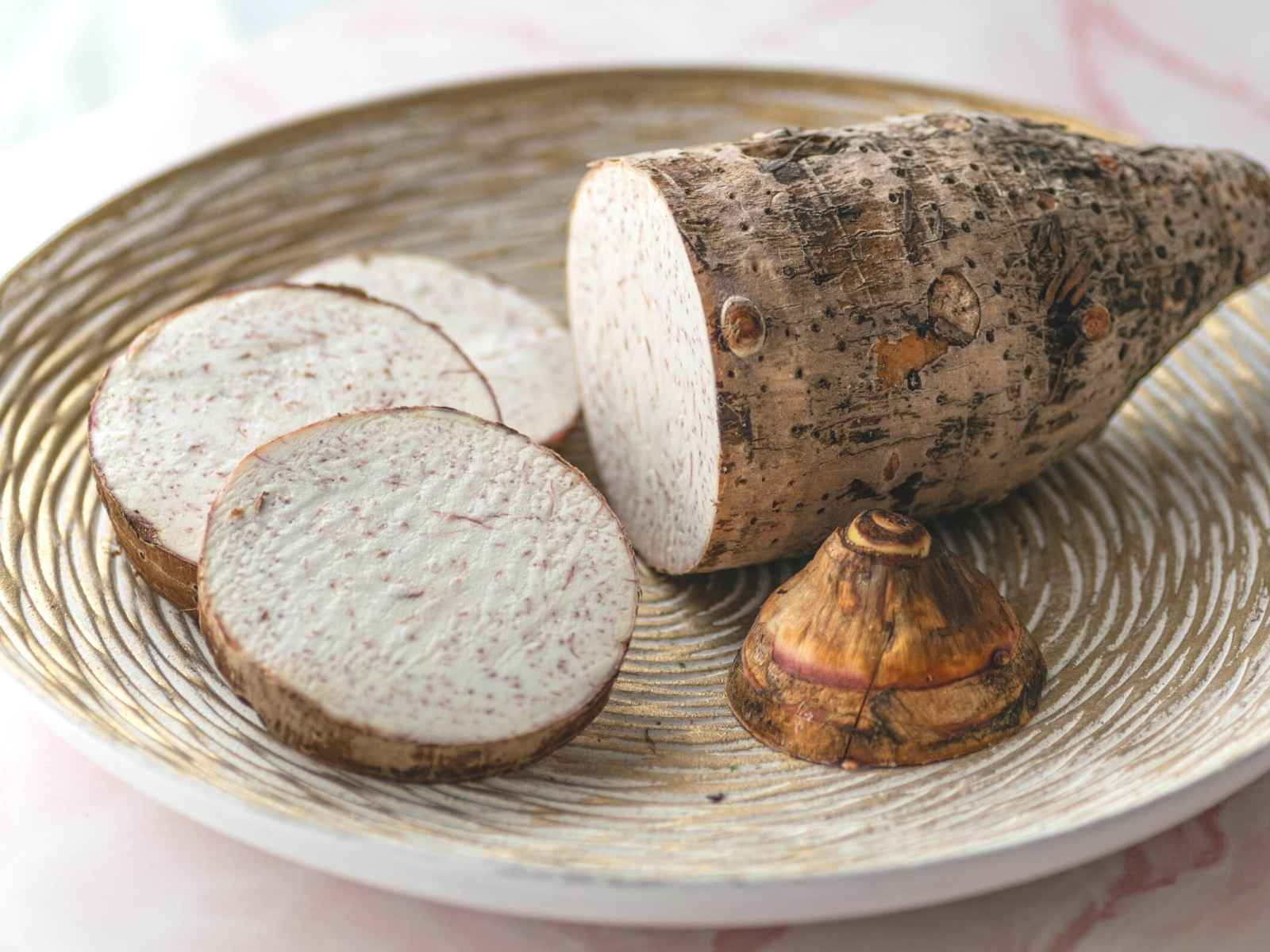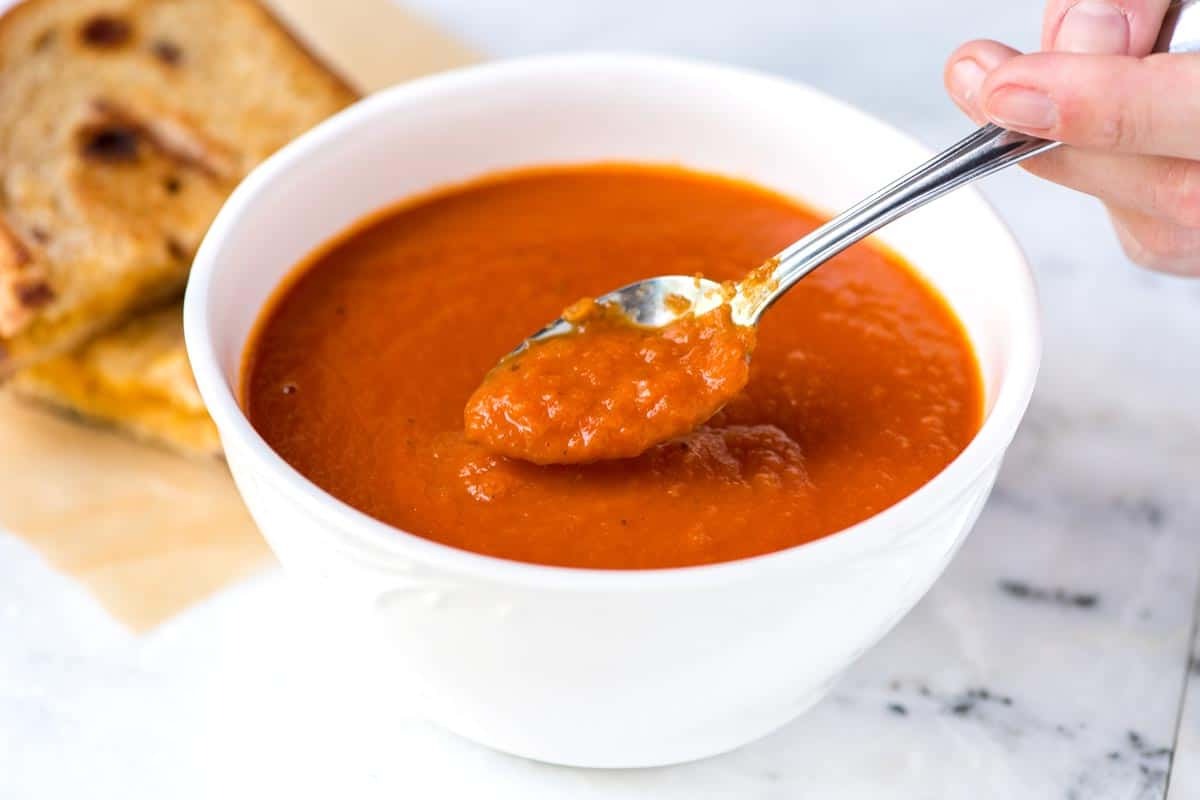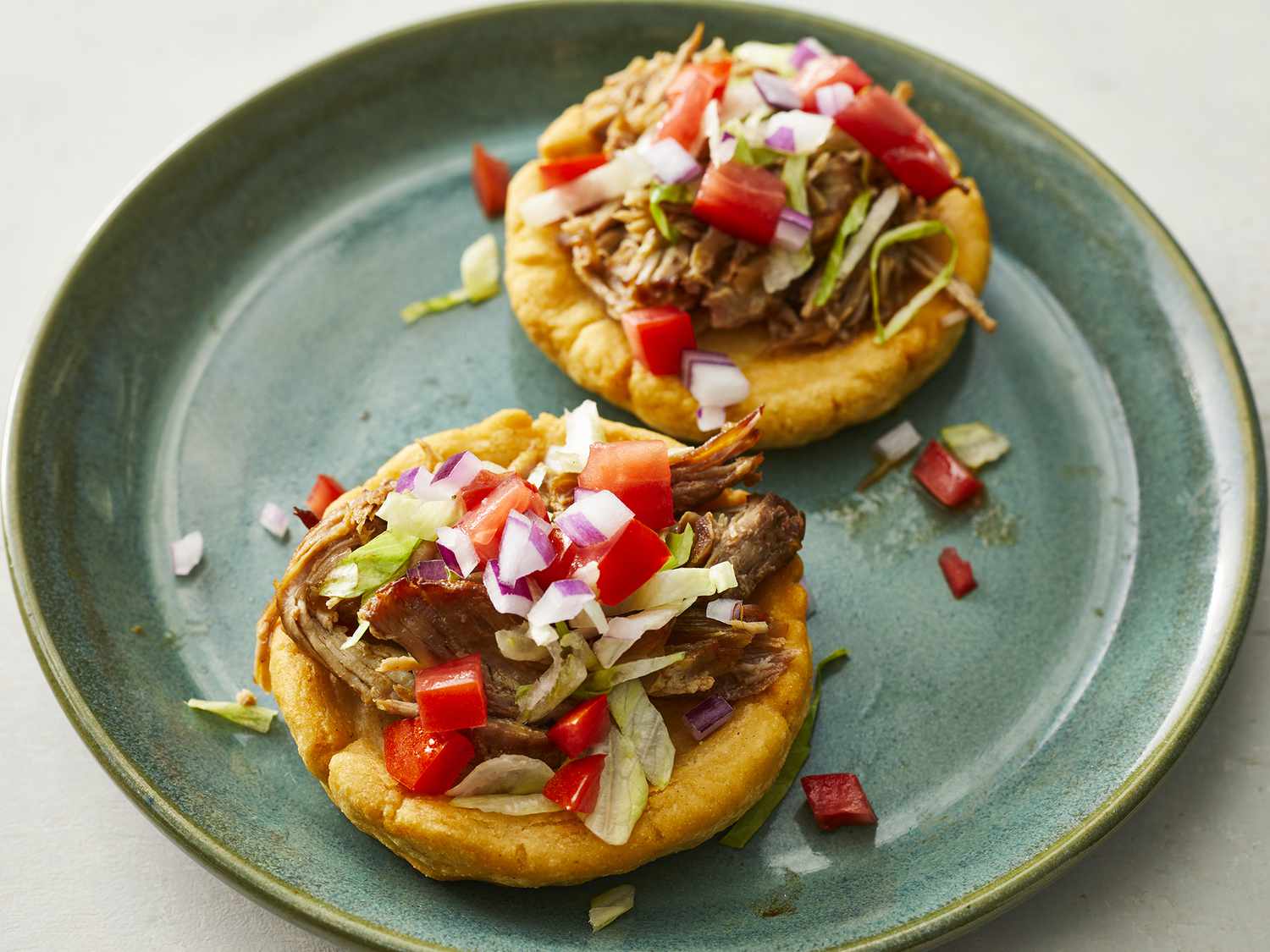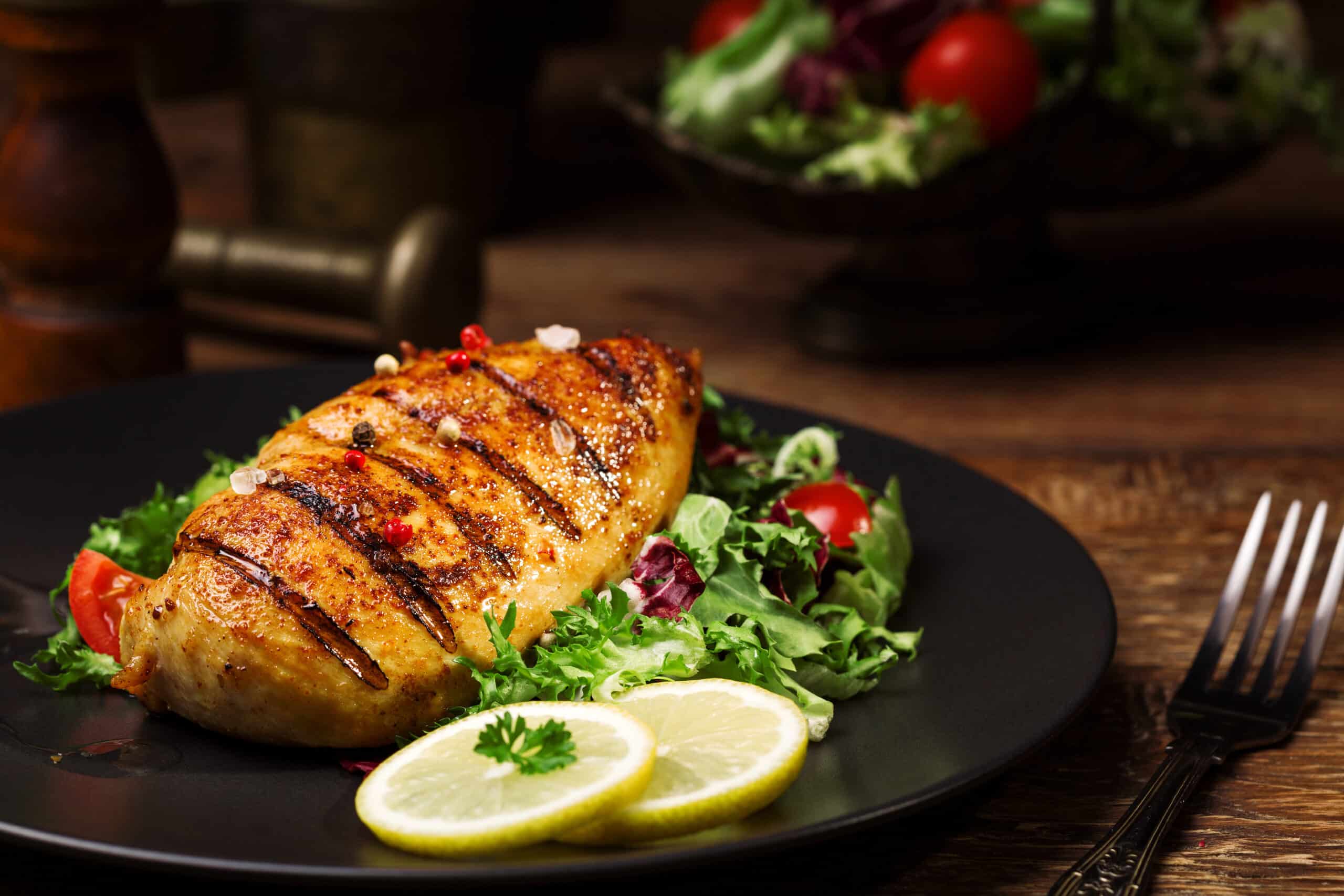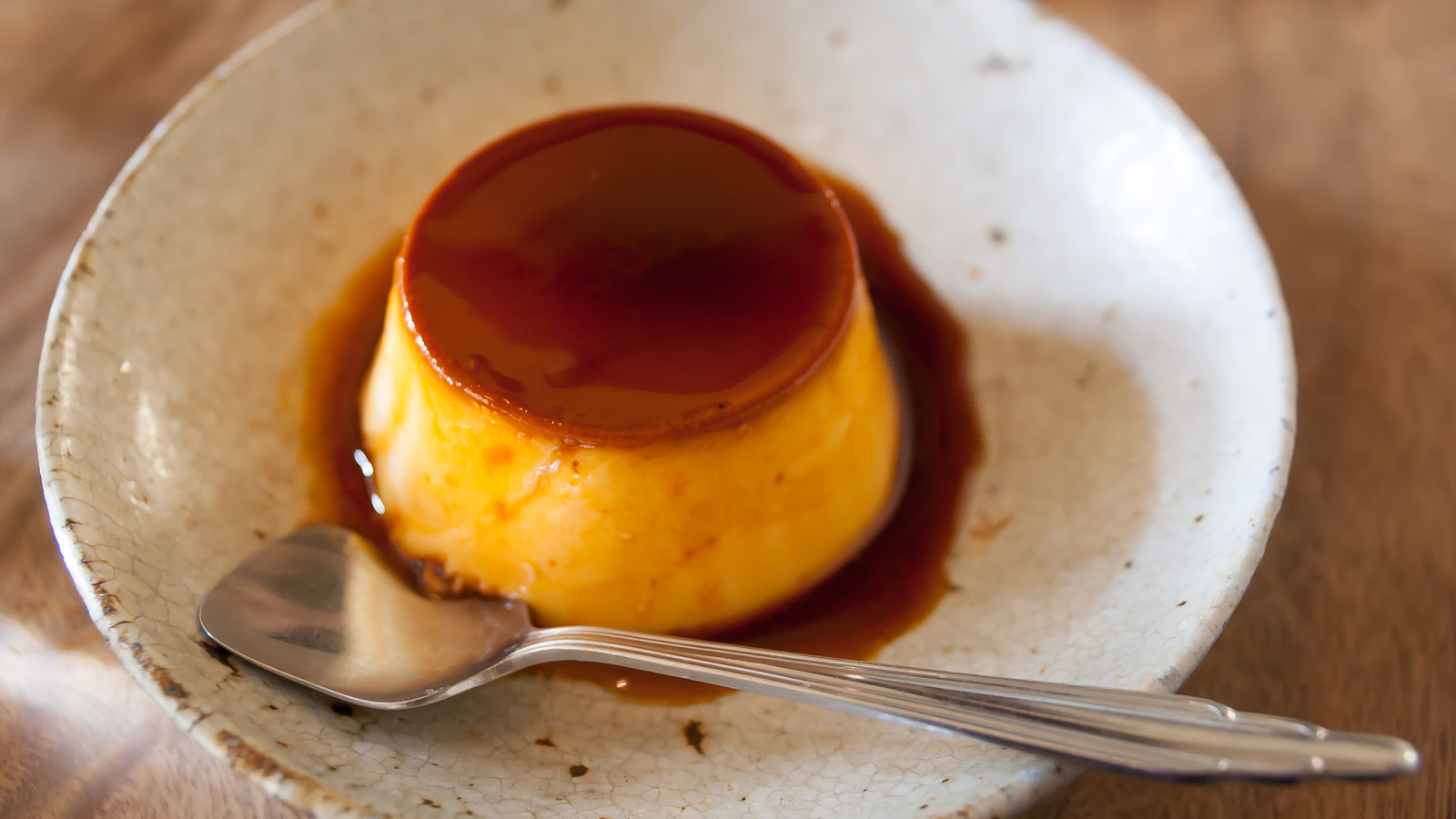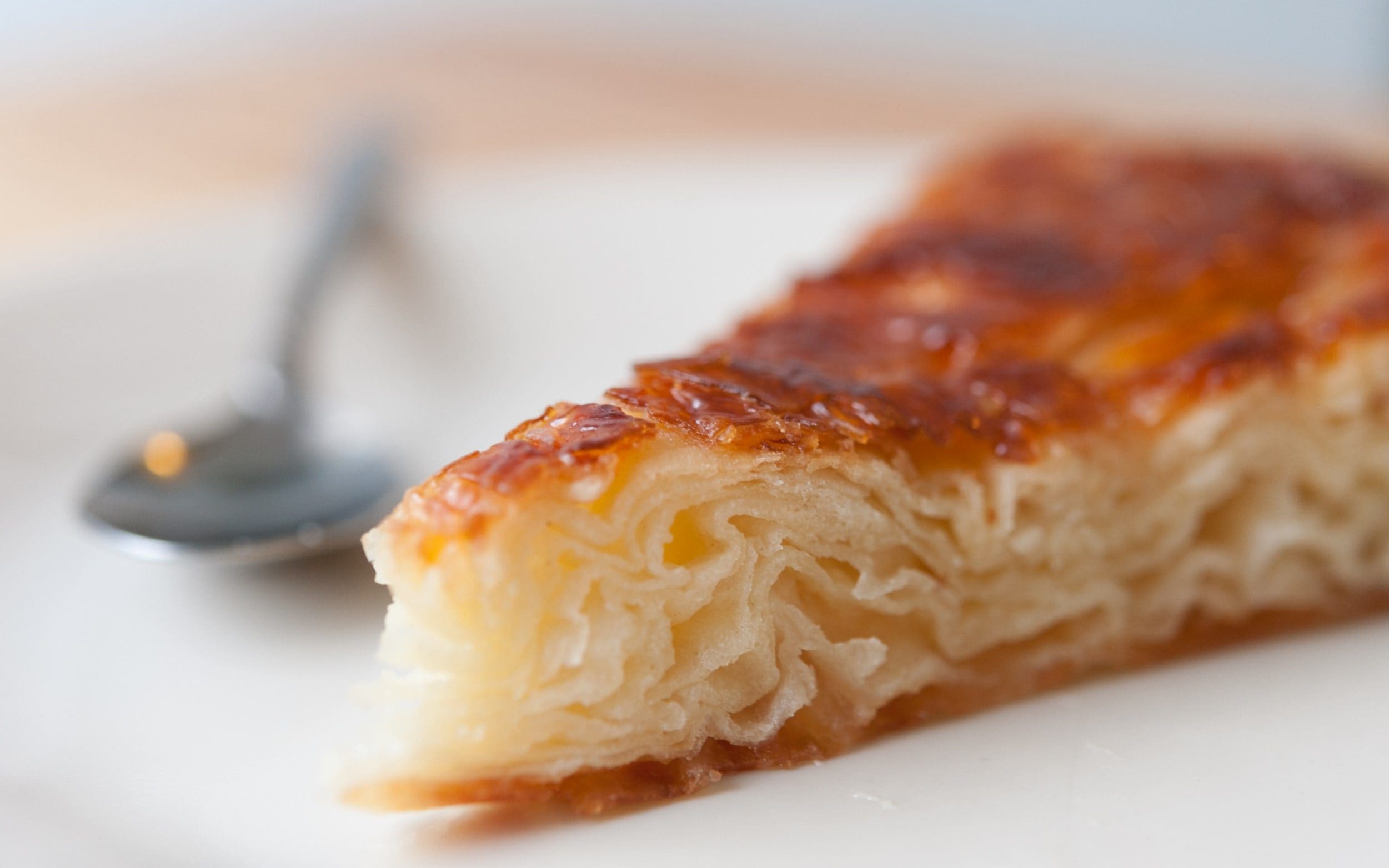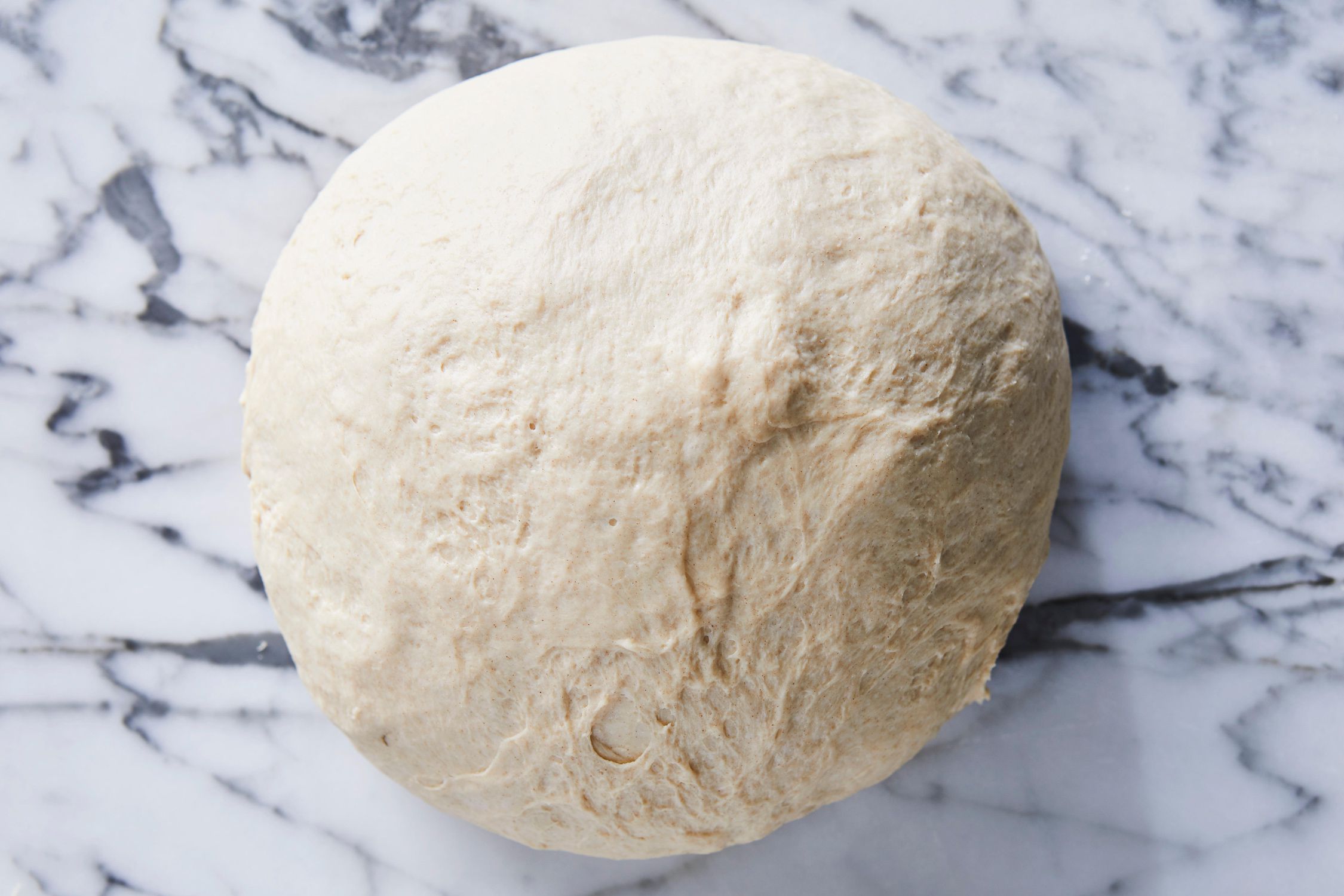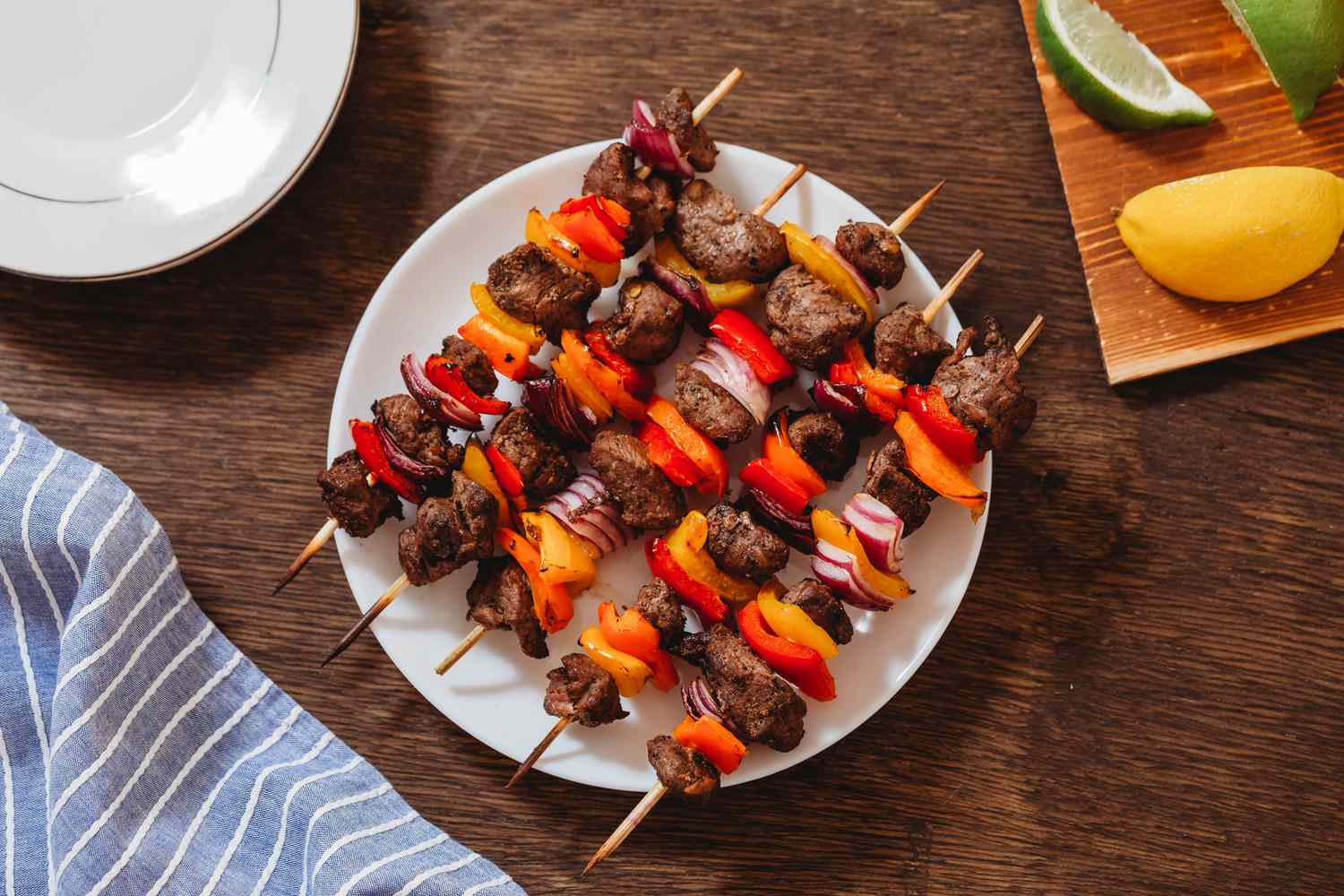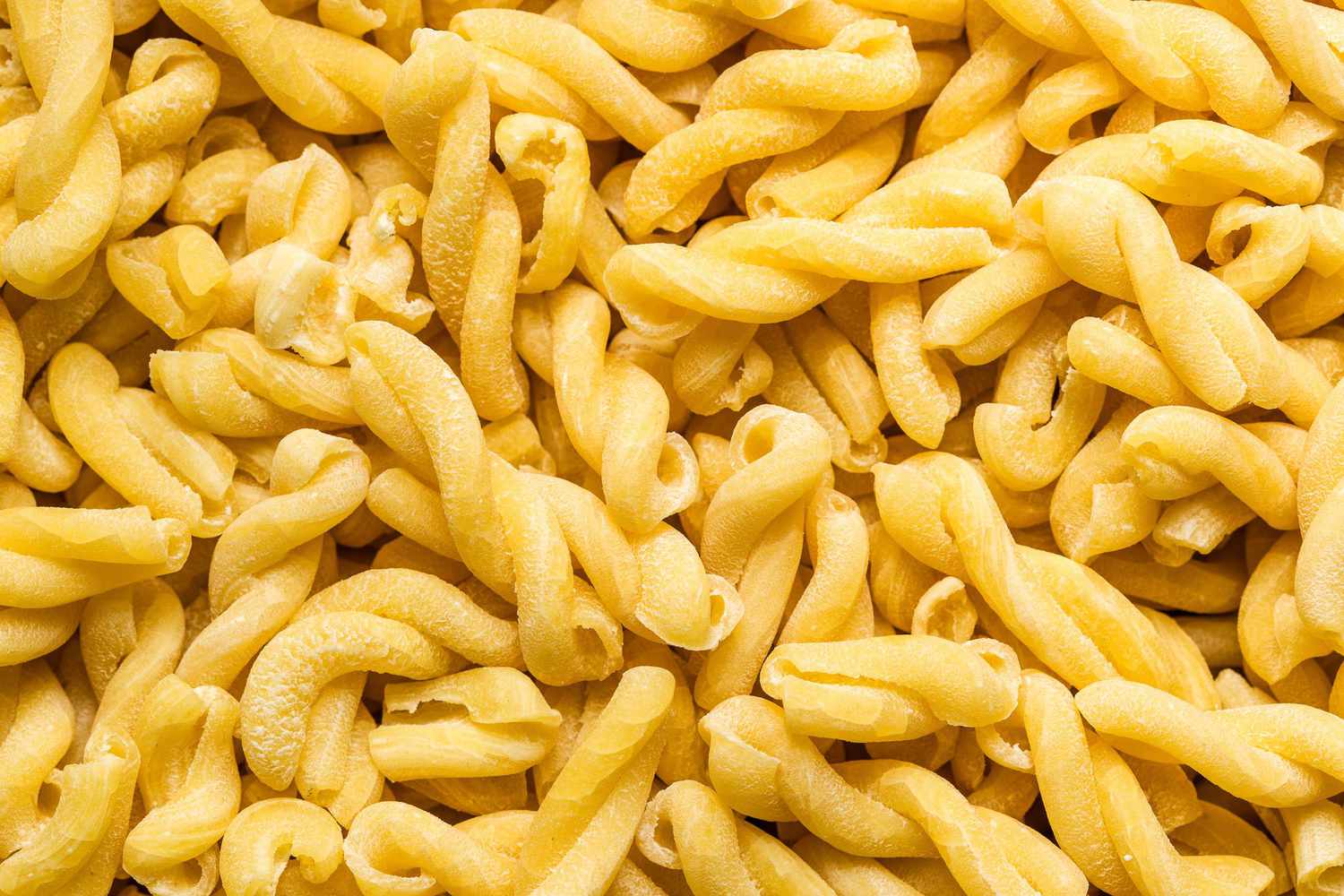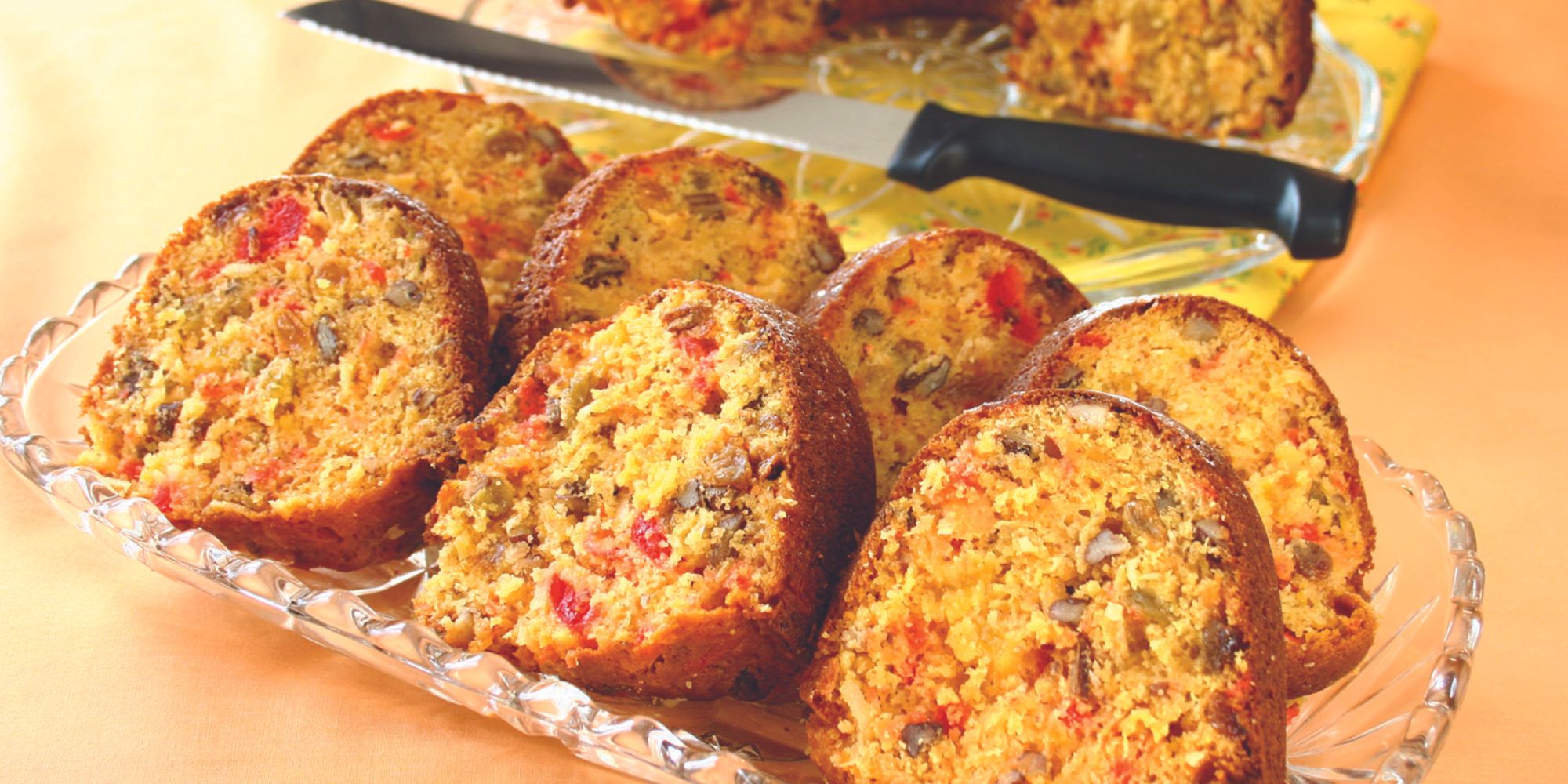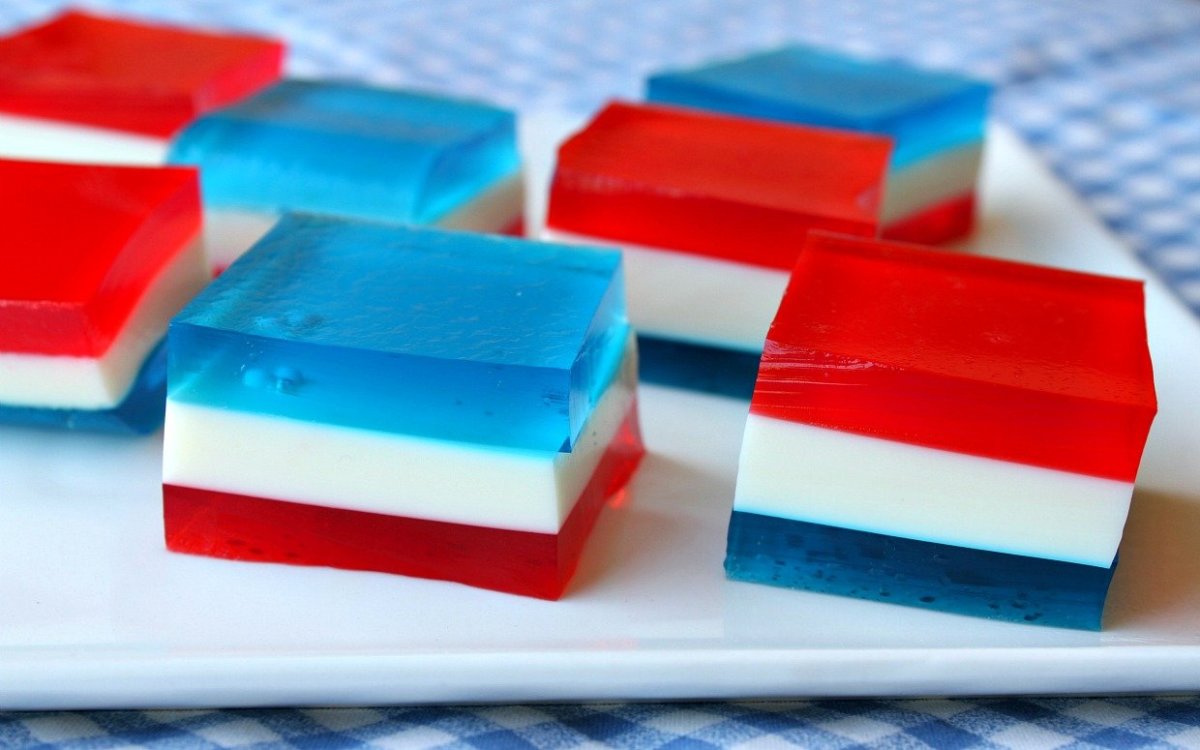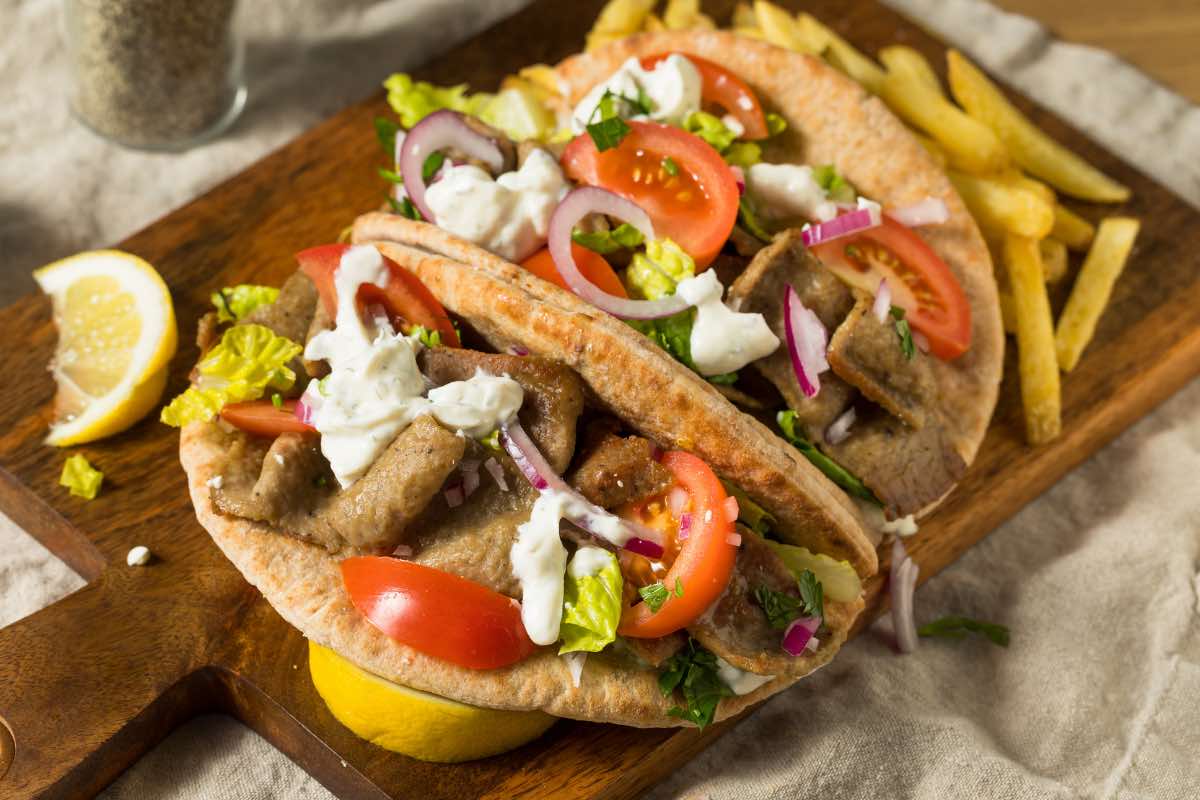The Difference Between Dried Cilantro and Fresh Cilantro
When it comes to adding flavor to your dishes, cilantro is a popular choice. However, there are two main forms of cilantro that you can use in your cooking: dried cilantro and fresh cilantro. Each form has its own unique characteristics and can impact the flavor of your dishes in different ways. Let’s take a closer look at the difference between dried cilantro and fresh cilantro.
Fresh Cilantro
Fresh cilantro, also known as coriander leaves, is the leafy green part of the coriander plant. It is widely used in cuisines around the world, particularly in Mexican, Indian, and Southeast Asian dishes. Fresh cilantro has a bright, citrusy flavor with a hint of earthiness. It is often used as a garnish or added to dishes at the end of cooking to preserve its fresh flavor.
- Fresh cilantro has a vibrant, aromatic flavor.
- It is best used in dishes that require a fresh, bright taste.
- It is commonly used in salsas, guacamole, curries, and salads.
- It can wilt and lose its flavor quickly, so it is best used soon after purchase.
Dried Cilantro
Dried cilantro is the result of fresh cilantro leaves being dried and ground into a powder. The drying process concentrates the flavor of the cilantro, resulting in a more intense taste compared to fresh cilantro. Dried cilantro is a convenient option for those who want to have cilantro on hand at all times, as it has a longer shelf life than fresh cilantro.
- Dried cilantro has a more concentrated flavor compared to fresh cilantro.
- It is best used in dishes that require a milder, more subtle cilantro flavor.
- It is commonly used in marinades, rubs, and spice blends.
- It has a longer shelf life and can be stored for extended periods without losing its flavor.
Key Differences
When comparing dried cilantro vs fresh cilantro, the key differences lie in their flavor intensity and best uses. Fresh cilantro offers a vibrant, citrusy flavor that is best used in dishes that require a fresh, bright taste, while dried cilantro provides a more concentrated flavor that is suitable for milder, more subtle cilantro notes in dishes. Understanding these differences can help you choose the right form of cilantro for your cooking needs.
In conclusion, both dried cilantro and fresh cilantro have their own unique characteristics and can be used to enhance the flavor of various dishes. Whether you opt for the fresh, bright taste of fresh cilantro or the concentrated flavor of dried cilantro, incorporating this versatile herb into your cooking can add a delightful twist to your culinary creations.
So, the next time you’re in the kitchen, consider the flavor profile you want to achieve and choose between dried cilantro and fresh cilantro accordingly. Experiment with both forms to discover how they can elevate the taste of your favorite recipes!
Was this page helpful?
Read Next: What Is Grated Parmesan Cheese
